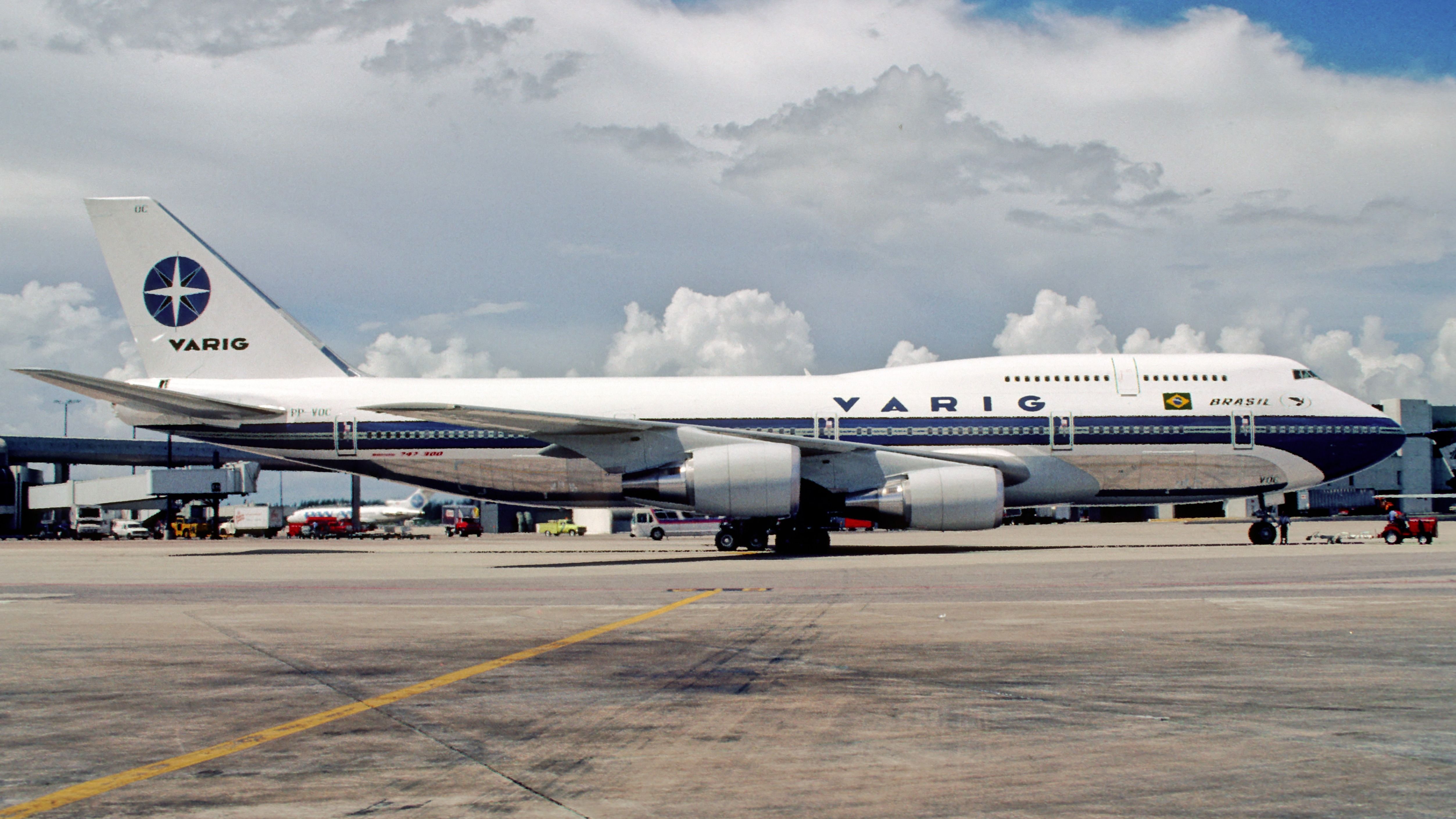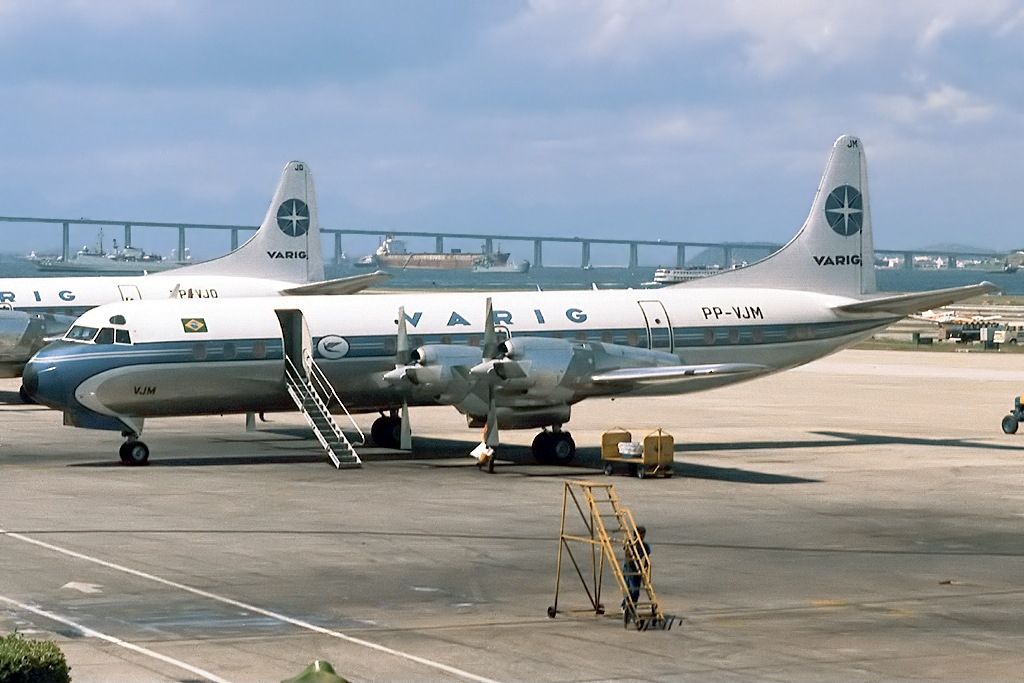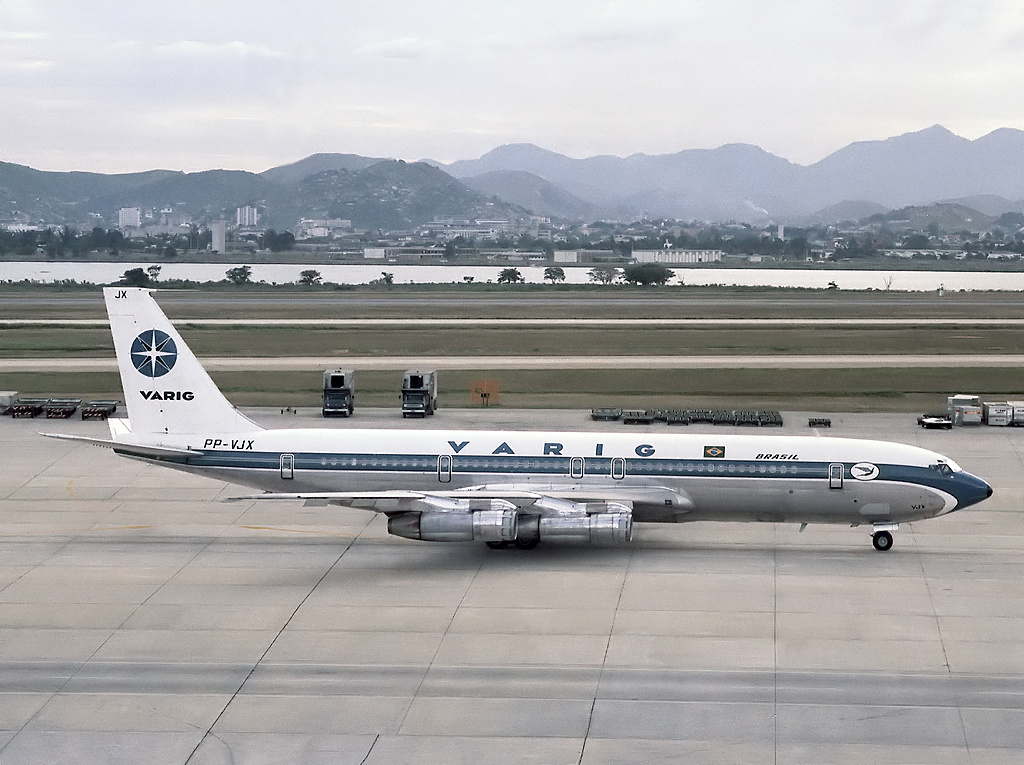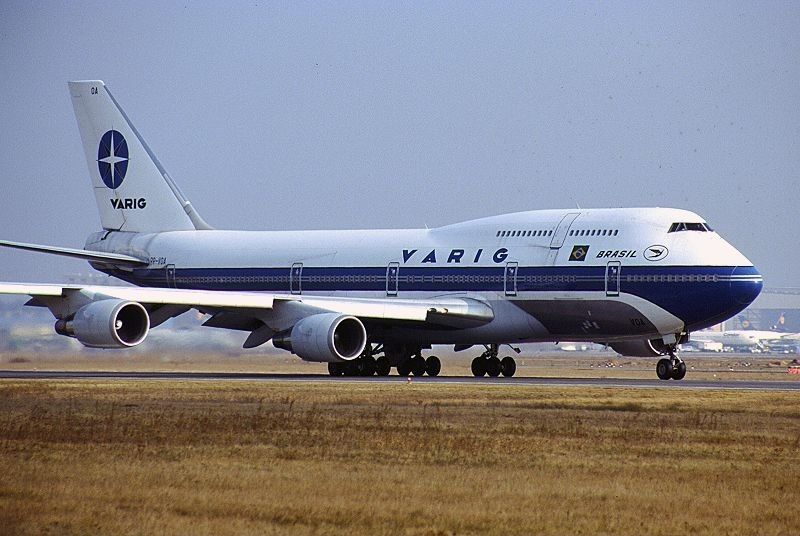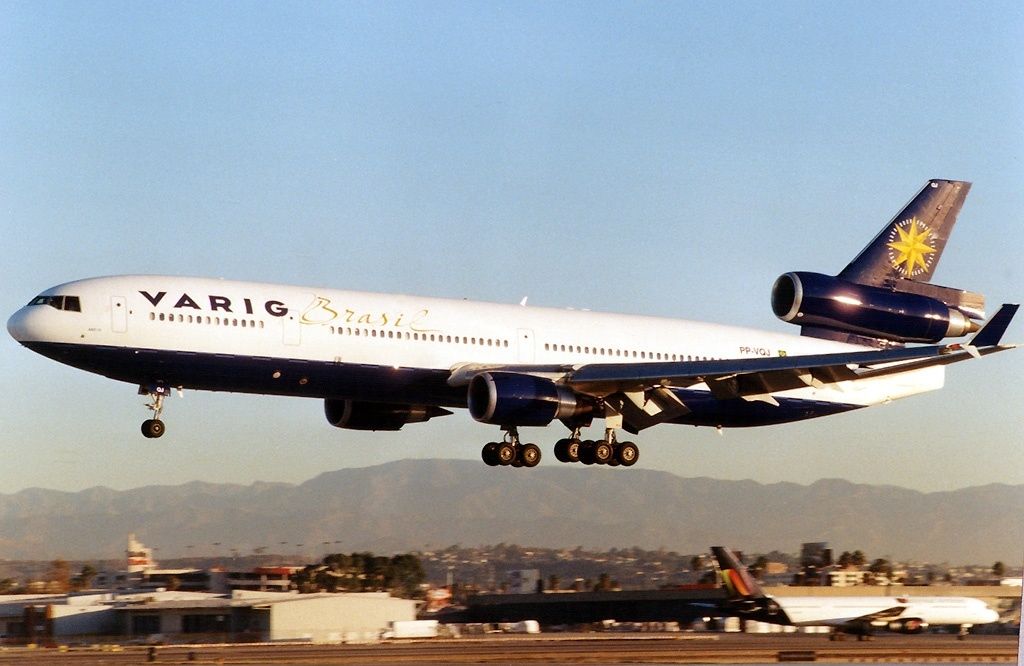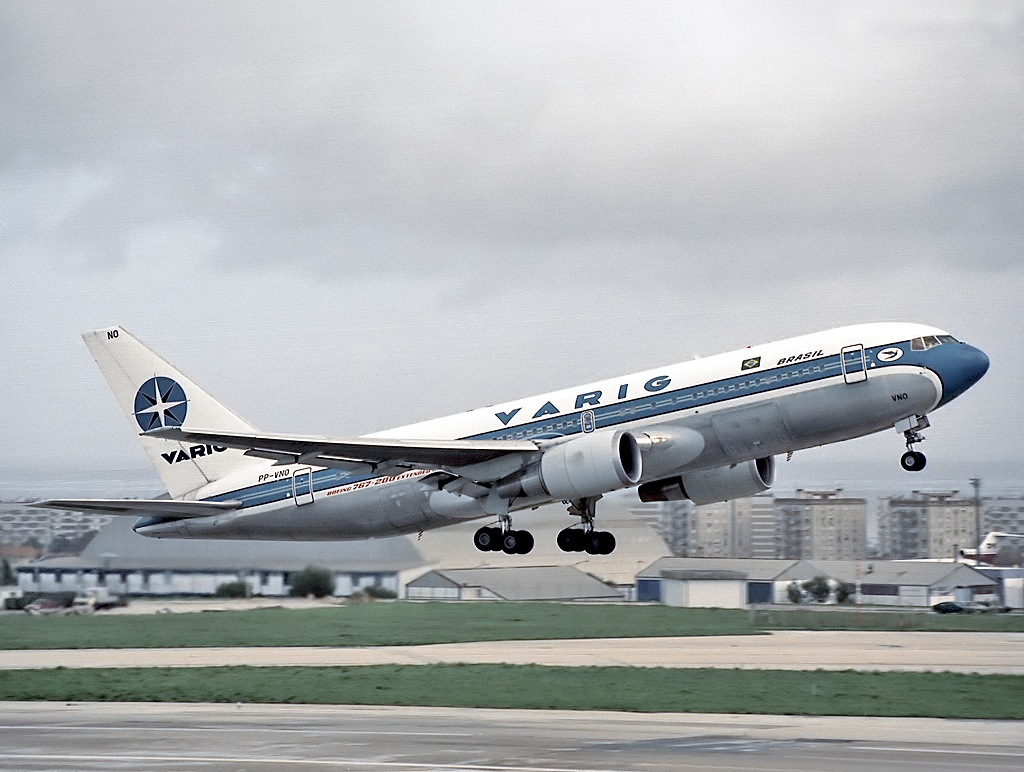Varig was once a household name in South American aviation - it was the largest Boeing 747 operator in the region and connected Brazil to destinations as far away as Tokyo (NRT), Maputo (MPM), and Hong Kong (HKG). What were some of Varig's critical moments throughout its 79-year history, and what caused the airline to ultimately cease operations in 2006?
The origins of Varig
Varig was founded in 1927 by the German aviator Otto Ernst Meyer-Labastille. It was one of the oldest carriers in Latin America, along with Avianca, Mexicana de Aviación, and Lloyd Aéreo Boliviano. The airline's first aircraft was a Dornier Wal, with a capacity of up to nine passengers, and its first route linked Porto Alegre with Rio Grande via Pelotas. Soon enough, Varig began to expand its route network throughout Brazil and take on additional aircraft to grow its fleet.
Varig was one of the two Brazilian airlines at the time with German origins, the second being Syndicato Condor, which was later rebranded as Serviços Aéreos Cruzeiro do Sul. Varig had deep ties with Germany for the first 20 years of its history, but that changed when Brazil entered the Second World War. The airline had to cut its relationship with Germany and waved goodbye to its founder, Otto Meyer. The carrier also replaced its Junkers fleet with the US-built Douglas DC-3.
The era of expansion
The 1950s saw Varig begin flying internationally, and on June 30th, 1953, the airline launched its first flights to Buenos Aires, with the routing Rio de Janeiro-Sao Paulo-Porto Alegre-Montevideo-Buenos Aires. During the same year, Varig received authorization to fly to the US, and in 1955, it operated its first flight from Rio de Janeiro to New York (JFK) with a four-engine Lockheed Super G Constellation. Two years later, Varig ordered its first Boeing 707 jets.
Throughout the next decade, Varig expanded its international reach, landing in Lima, Bogotá, Caracas, Miami, Los Angeles, and Mexico City. Thanks to its growing fleet of Boeing 707-300 and Douglas DC-8-33 aircraft, the airline began flying to Europe and beyond and, by the end of the 1960s, was flying to destinations as far away as Tokyo.
The 'Queen of the Skies' era
Many would consider the 1970s and 80s to be the golden age of Varig as the airline continued its domestic and international expansion, including a Rio de Janeiro-Luanda-Johannesburg route. In 1981, Varig bought its first Boeing 747 (a 747-200), which it deployed on the route between Rio de Janeiro and New York.
Throughout the 1980s and 90s, Varig went on to acquire more aircraft, reaching a total of 12 747s (four 747-200s, five 747-300s, and three 747-400s), making it the largest operator of the 747 in South America. By this point, Varig's fleet consisted of almost 100 aircraft, and the carrier was acknowledged as the largest private airline in the world outside the US.
At its peak, Varig flew to 42 international cities in 33 countries, in addition to its extensive domestic route network, and carried around 14 million passengers per year. The carrier transferred its operations from Rio de Janeiro to São Paulo in 1988, helping to establish Guarulhos International Airport (GRU) as a major South American hub.
What happened to other Boeing 747s in South America? Find out with this report from the Simple Flying team.
The last two decades of Varig
In the 1990s, Brazil deregulated its aviation sector, increasing competition for Varig. In a bid to stay ahead, the airline launched its loyalty program, Smiles. Varig also cut several international routes, including services to Canada and Costa Rica. In 1999, after almost 20 years of service, Varig retired its last 747, with its remaining long-haul services operated instead by the airline's fleet of 26 McDonnell Douglas MD-11 aircraft and 25 767s (nine 767-200ERs and 16 767-300ERs).
Faced with increased competition from the likes of the rapidly expanding GOL Linhas Aéreas, financial difficulties began to bite in the 2000s, and by 2002, Varig had amassed a debt of $118 million despite being the largest carrier in Latin America. Recovery was impossible; the airline filed for bankruptcy protection in June 2005, and it went on to cease operations in July 2006. Later that same month, Varig was divided into two companies and put up for auction, and in 2007, GOL acquired one of the two Varigs, quickly dropping the brand.
In what was the final nail in the coffin for the nation's oldest carrier, the Brazilian Government declared Varig's other reincarnation, Flex Linhas Aéreas, bankrupt on August 20th, 2010. Just eight days later, another major Latin American carrier, Mexicana de Aviación, also ceased operations.
Throughout its 79-year history, Varig made a significant mark on South American aviation, paving the way for other Brazilian carriers to become successful. Today, the country's aviation sector is dominated by three key players - LATAM, Azul Linhas Aéreas, and GOL. By May 2023, Brazil had recovered 93% of its pre-pandemic traffic, with 44.7 million passengers taking to the skies that month.
Get the latest aviation news straight to your inbox: Sign up for our newsletters today.
Did you ever travel with Varig? What memories do you have of the airline? Let us know by commenting below.
Source: New York Times, Varig-Airlines.com

